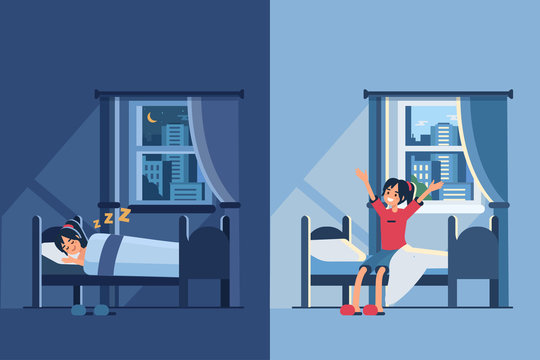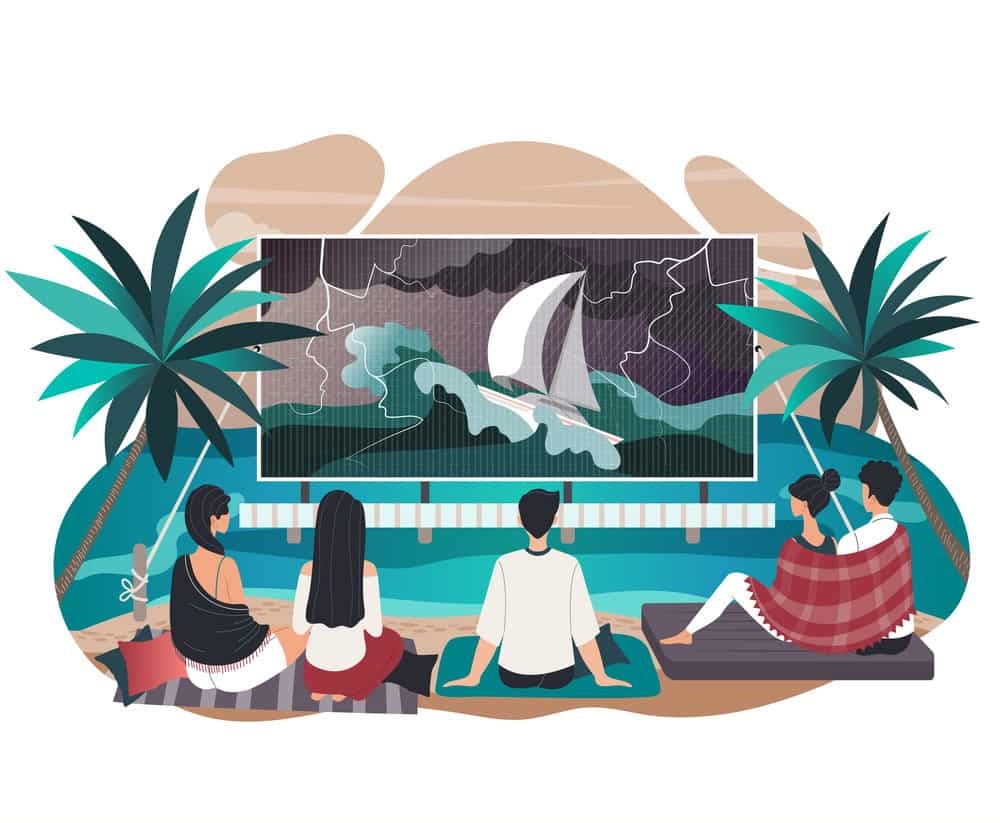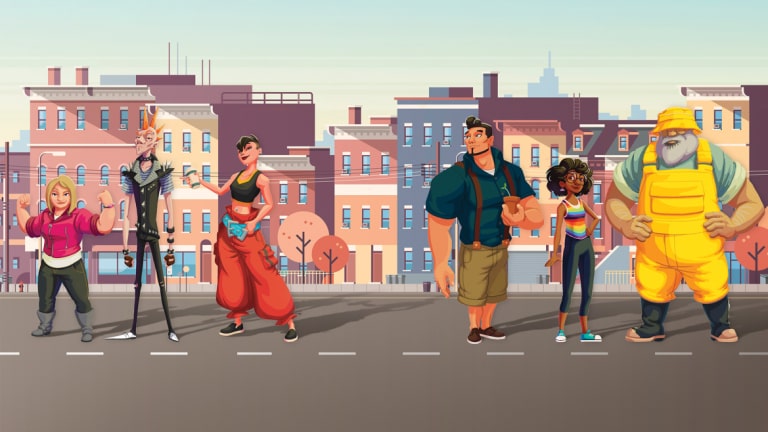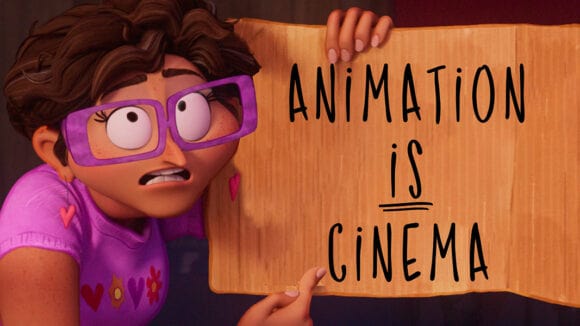Animation has long been regarded as a medium for children's entertainment, with colorful and whimsical characters that catch the hearts of young viewers. However, this idea of animation being only for children is far from realistic. Animation has grown and extended to incorporate diverse genres and subjects that appeal to audiences of all ages. From sophisticated storylines to beautiful graphics, animation has evolved into a versatile and dynamic art form that has grabbed the hearts of millions of people worldwide. This article will examine five reasons animation isn't just for kids. So come with us as we explore the intriguing realm of animation and find its ultimate potential.
Animation has broad appeal

Animation can convey complex themes and ideas

Another example is the Japanese anime film "Grave of the Fireflies," which tells the story of two siblings struggling to survive during World War II. The film's animation style emphasizes the story's emotional weight and helps convey the tragedy of war in a way that live-action may not be able to.
Animation can create immersive worlds

For example, the animated television show "Avatar: The Last Airbender" is set in a fictional world where certain characters can manipulate the four elements: water, earth, fire, and air. The show's animation style allows for creation of visually stunning action sequences and fantastical creatures that could not be replicated in live-action.
Animation can evoke emotions

The film's animation style and the character design are instrumental in conveying the story's emotional depth, and the film is praised for its ability to evoke empathy and emotional responses from its audience.
Animation can appeal to nostalgia

For example, the animated television show "The Simpsons" has been on the air for over three decades and has become a cultural icon. Its animation style, humor, and relatable characters have made it a timeless classic that continues to be enjoyed by audiences of all ages.
Conclusion
The animation is not just for kids. It has grown into a diverse medium that appeals to various audiences. Animation can convey complex themes and ideas, create immersive worlds, evoke emotions, appeal to nostalgia, and have an international appeal. An animation is an art form that should be celebrated and appreciated for its creativity, storytelling, and ability to entertain audiences of all ages.